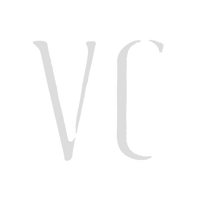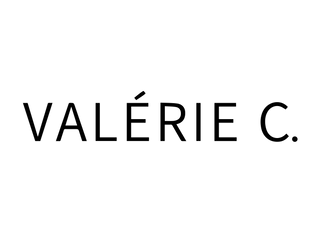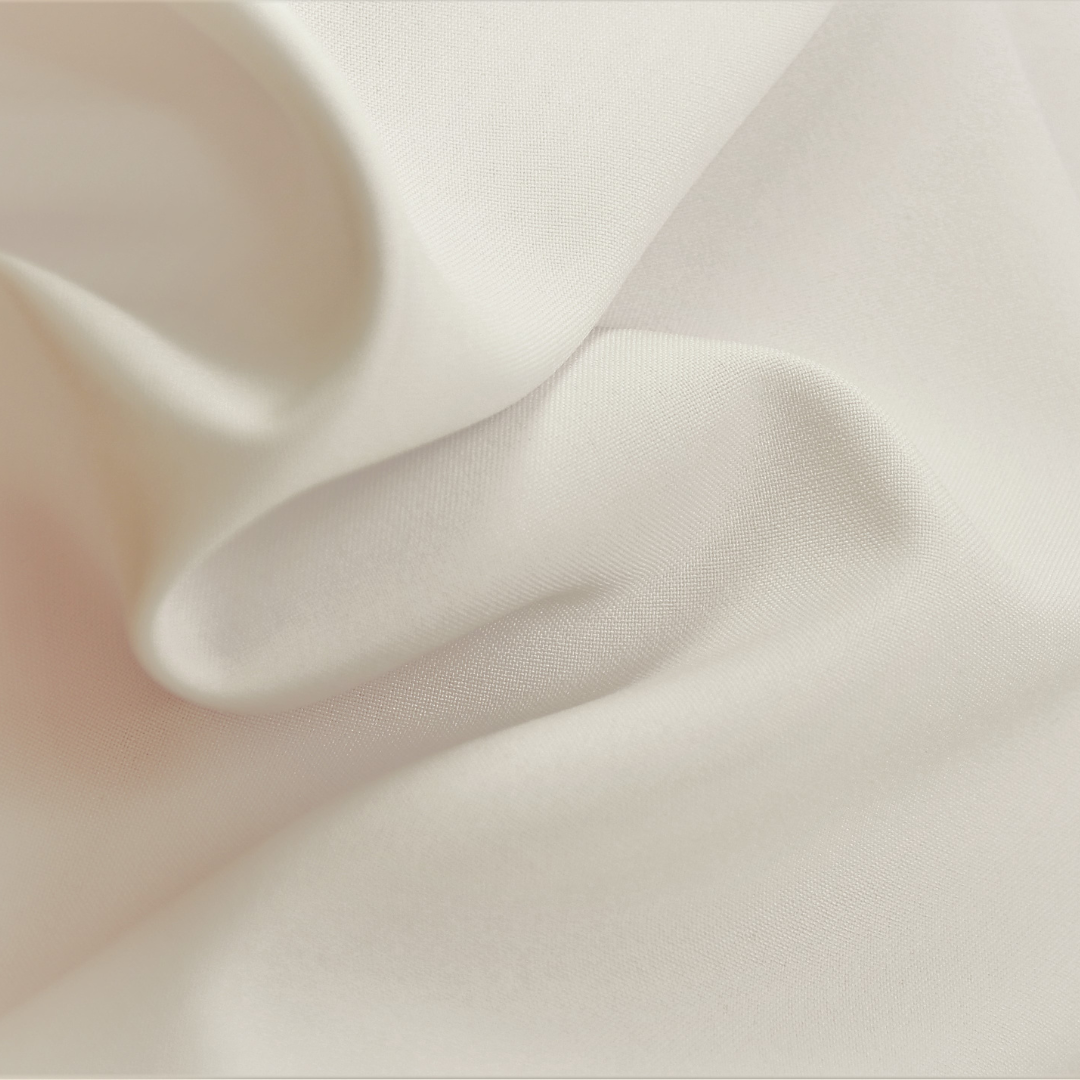In the textile industry, there are countless choices of raw materials for making garments. Natural or synthetic, woven or knitted, blended or raw, with or without chemical products ... the possibilities are numerous! As a consumer, it is difficult to know the true characteristics of textiles found in stores. Which fabrics should I prioritize according to my needs and my values? Does my choice really have an impact on the environment and people?
Obviously and fortunately, with technologies and our knowledge, some fabrics stand out a little more on the ecological side and can be an interesting choice. On the other hand, it must be kept in mind that there is not yet a perfect textile at all levels and that the final choice is up to the consumer according to his values and priorities.
So transparently, here are some interesting fabrics and their characteristics. Each fabric has its positive and negative sides.
Lyocell (or Tencel ™ ):
Lyocell comes from the wood pulp of trees such as eucalyptus, oak, and birch. It therefore comes from a chemically transformed natural fiber. It does not require pesticides or insecticides to grow. It washes easily in cold water, remains soft, light and maintains a beautiful natural aesthetic. Unlike other natural materials, it dyes easily and is as resistant as polyester.
This material will become your favorite all year round, because it adapts to variations in temperature. Indeed, it evacuates heat when it is hot and captures body heat when it is cold.
The process for the manufacture of the TENCEL brand ™ is carried out in a closed circuit. The solvent used for the transformation is non-toxic and 99% recovered. The processing circuit is powered by renewable energy, uses much less water and sources wood from responsible FSC ® certified forests.
Organic cotton :
The cotton. We love it and use it for a very long time. A great alternative to traditional cotton is organic cotton. Indeed, it is made from natural fibers, does not use any chemical product or pesticide and is biodegradable. It has the same properties: soft and breathable. However, it does not dry quickly and retains moisture (during physical effort). It requires a lot of water during its creation in textile form and the biological process makes it more expensive. Unlike synthetic textiles, cotton can easily be reused in another form, for example as a rag for its absorbent properties.
According to Équiterre, "organic textiles are grown sustainably without chemicals or GMOs".
Hemp :
This increasingly popular natural fiber requires no chemical products in the process and very few (if any) pesticides when grown. It is biodegradable and easily machine washable. On the other hand, hemp requires a large quantity of water, but less than cotton. It is increasingly known for its different properties: light, breathable , softens with washing and very resistant. It is often found in the form of a knit (mixed with cotton for example) or in a more rigid form.
Viscose :
Viscose (or rayon—it’s the same thing) comes from cellulose extracted from wood or bamboo pulp, which is turned into a liquid through a chemical process. The resulting filament is then spun and woven into various textiles (e.g., poplin, crepe, twill, etc.). It is therefore a chemically processed material of natural origin—an “artificial” fiber. Viscose was originally invented as a substitute for silk.
Viscose allows for very fluid and supple fabrics, unlike natural fibers such as cotton or linen. It is often used in summer clothing because it doesn’t trap heat. The material is strong, relatively wrinkle‑resistant, and holds vibrant colors well. However, it can be less long‑lasting and more delicate to care for than natural fibers like cotton, so garments made with viscose should be washed carefully.
Because viscose production requires substantial chemical inputs, it can have negative impacts on the environment and on the workers who produce it. That’s why we ensure that the viscose used in our textiles is OEKO‑TEX Standard 100 certified, guaranteeing it is safe for human use.
Modal :
It is a natural fiber obtained by spinning wood cellulose fibers. However, it requires chemicals for its transformation. It is therefore a kind of viscose, but made from a tree (beech) which regenerates itself. Lenzing, the company that produces Modal, has implemented a non-toxic and "eco-friendly" process that recovers up to 95% of the materials used during manufacturing. This textile remains supple, soft and silky, even after several washes (preferably by hand). It is light, breathable, stretchy, durable and biodegradable.
Linen :
It comes from the cellulose fiber found in flax plants. Used for several millennia, linen is very popular in warmer and humid countries. It does not require pesticides or chemicals products and is biodegradable. It is very breathable, pleasant to the touch, dries quickly and wicks away moisture. It is a good "eco-friendly" option. On the other hand, it is not very stretchy, very creaseable and its production is expensive.
Cupro :
Born in China, the Cupro is obtained through a chemical process from the cellulose extracted from Cotton Linter. It is therefore an artificial material. Cotton Linter is waste material from the textile industry that is not normally used. Since the production of cotton is very important today, it is relevant to note that we can also use this part of the cotton.
Since Cupro requires chemical products for processing, special attention should be paid to the dyes used and how to dispose of chemical waste. This fabric can be ecological or not, it all depends on the processes used.
It is delicate, fluid, supple, extremely soft, quite breathable and mixes easily with other textiles. It gives a rich look to clothes. It is a very comfortable material that can be worn all year round.
Recycled polyester :
Created from recycled polyester, it is robust, wrinkle-resistant and very easy to maintain. On the other hand, although it is recycled, it is far from being more ecological than other materials. Polyester is in no way biodegradable and requires strong chemical products and dyes for its transformation. Knowing that plastic pollution is widespread across the planet, the use of recycled polyester is very interesting only when necessary.
Bamboo Rayon :
Bamboo rayon comes from the Bamboo plant: a plant located in China that has very fast growth and antibacterial properties. It does not require pesticides to grow and requires much less water than cotton. On the other hand, all rayon (or viscose) needs several chemical products in order to be transformed. As a result, when transformed into viscose, Bamboo loses its antibacterial properties and becomes an artificial fiber. It remains a very soft, comfortable, versatile and durable material. Bamboo viscose provides vibrant colors and a silky feel.
Take note: Products "made of bamboo" are often not what you think. These are products made of bamboo viscose. The antibacterial properties are gone. As a consumer, you should not be fooled by the marketing surrounding Bamboo.
Our basics from Rayon of bamboo.
The above information is based on general research, my personal experience and my opinion. It may be relevant to carry out further research on the subject. If you have any comments, do not hesitate to contact the company at the email address: info@valeriecdesign.ca. We will be happy to discuss it with you and improve this article!
Links and references:
Article Equiterre responsible clothing guide: https://www.equiterre.org/sites/fichiers/divers/guide_vetement_responsable_2008.pdf.
More information on Tencel : https://www.tencel.com.
More information on Modal : https://www.lenzing.com.
More information on Bamboo Rayon: https://www.canada.ca/en/competition-bureau/news/2019/02/not-so-zen-the-truth-about-the-tissues-of- bamboo.html



Leave a comment